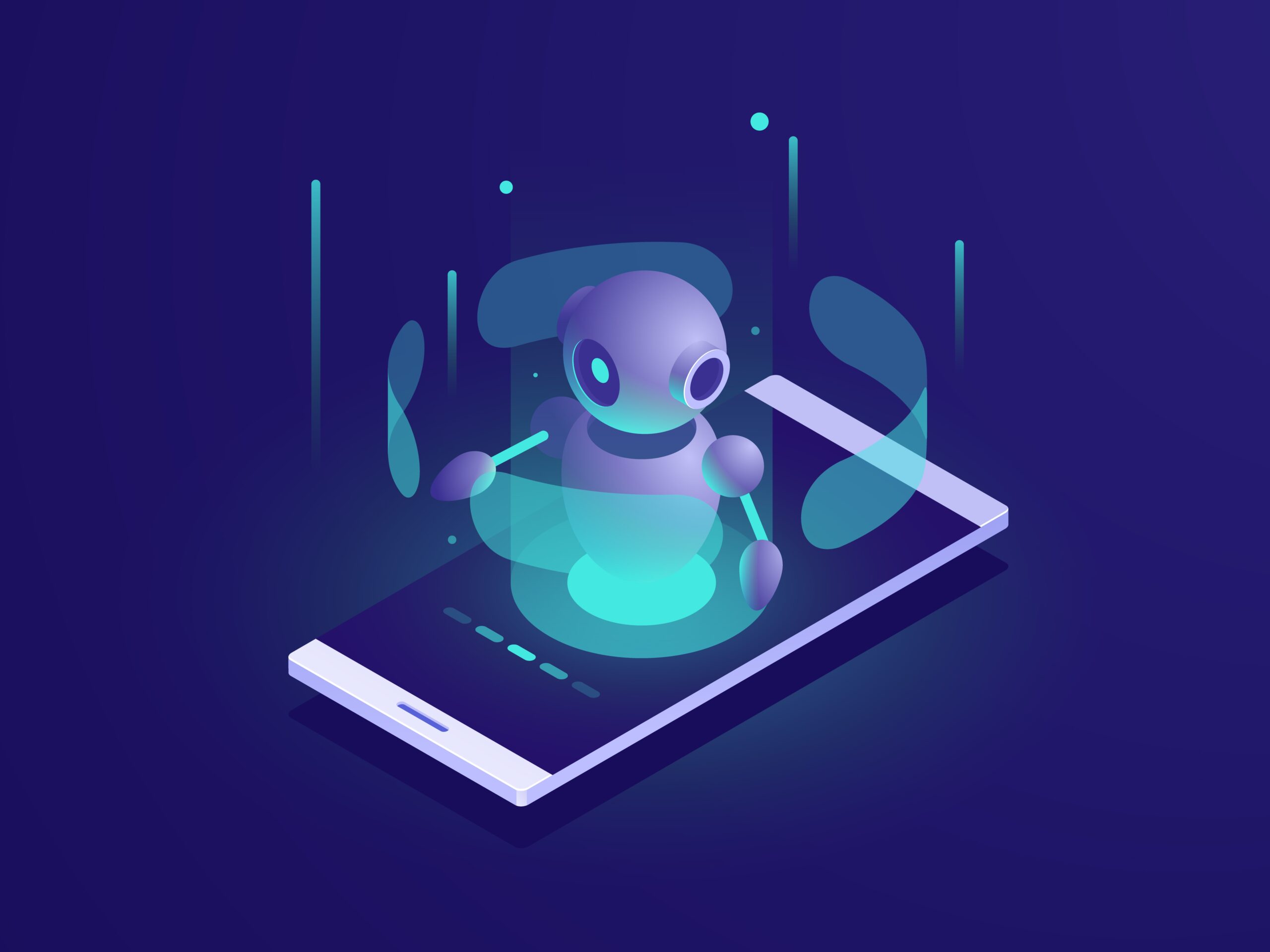Chatbots are no longer optional in today’s business environment. Whether you’re running a small eCommerce shop or managing a large enterprise, a chatbot can help your business engage better with customers, cut down operational costs, and increase efficiency.
This post walks you through how chatbot development works for businesses, why it matters, types of chatbots, best practices, and the tools you can use.
What Is a Chatbot?
A chatbot is a software application that simulates conversation with users through text or voice. Businesses use them on websites, apps, and social media platforms to answer questions, assist with purchases, collect feedback, and more.
Unlike static FAQ pages, chatbots respond based on user input in real time. Some are simple and follow scripts, while others use AI to provide more natural interaction.
Why Businesses Invest in Chatbots
Companies across various industries have started using chatbots to manage interactions, reduce support costs, and improve how they connect with customers. Chatbots development company help businesses stay available, respond faster, and serve more people without increasing team size. Here are the main reasons businesses choose to implement chatbot solutions:
1. Handle Customer Queries 24/7
Chatbots provide instant replies, even during off-hours. This removes the need for a large support team working around the clock. Customers get quick answers, and businesses reduce wait times.
2. Reduce Support Costs
Businesses save on customer service expenses by using chatbots to handle repetitive inquiries. This frees up live agents to focus on more complex tasks.
3. Boost Engagement
Chatbots interact with users the moment they land on a site. They can greet visitors, suggest products, or direct them to relevant information. This improves user experience and drives more conversions.
4. Improve Lead Generation
With built-in forms or smart questioning, chatbots qualify leads and send them directly to the sales team. This shortens the sales cycle and increases the chances of conversion.
Types of Chatbots for Businesses
Not all chatbots function the same way. The technology and logic behind a chatbot affect how it handles conversations and tasks. Businesses choose chatbot types based on their goals, customer needs, and technical capacity. Below are the most common types used in commercial settings:
1. Rule-Based Chatbots
These follow a predefined flow. They work well for simple tasks like booking appointments, answering FAQs, or guiding users through menus.
Use Case: A healthcare clinic uses a rule-based chatbot to book patient appointments and provide office hours.
2. AI-Powered Chatbots
AI bots learn from user inputs. They use machine learning and natural language processing to understand and respond more naturally.
Use Case: An online store uses an AI chatbot to recommend products based on user preferences and browsing history.
3. Hybrid Chatbots
These combine the strengths of both types. When the AI cannot handle a query, the system passes the chat to a human agent.
Use Case: A bank uses a hybrid bot to answer balance inquiries automatically and hand over complex loan questions to a live agent.
Steps to Develop a Chatbot for Your Business
Building a chatbot involves several key stages. Each step ensures your chatbot meets business needs and delivers value to users. Follow these steps carefully to create an effective chatbot that supports your goals.
Step 1: Define the Goal
Decide what you want the chatbot to do. Do you need it to answer support questions, generate leads, or take orders?
Without a clear goal, the bot won’t serve its purpose.
Step 2: Identify the Channels
Choose where the bot will live. Common platforms include:
- Website chat widget
- Facebook Messenger
- WhatsApp
- Slack
- Mobile apps
Make sure the bot suits the audience of each channel.
Step 3: Choose the Right Technology
There are two paths:
- Use a chatbot builder like Tidio, ManyChat, or Chatfuel. These tools offer templates and drag-and-drop interfaces.
- Build a custom chatbot using Python, Node.js, or frameworks like Rasa or Dialogflow for full control.
Choose based on your budget, tech skills, and business needs.
Step 4: Write the Script or Train the Bot
Rule-based bots need a well-planned script. Think through possible questions and build logical flows.
AI bots need a training dataset. The more interactions you provide, the better they respond.
Step 5: Test and Launch
Run internal tests to find broken flows or confusing replies. Fix bugs, then launch it to the public in stages.
Step 6: Monitor and Improve
After launch, track user interactions. Adjust replies, add new features, and update content regularly to keep it useful.
Features Your Business Chatbot Should Have
To get the most out of a chatbot, include features that improve usability and provide valuable insights. These elements help your chatbot serve customers effectively while giving your team the tools to manage and analyze interactions.
- Multi-language support – if your customer base spans different regions.
- Human handoff option – for issues the bot can’t handle.
- Analytics dashboard – to track performance and interactions.
- Easy integration – with CRM, help desk software, or email platforms.
- User-friendly interface – for both the user and your support team.
Common Mistakes to Avoid
Many businesses rush chatbot development and end up with bots that frustrate users or fail to deliver value. Avoid these common pitfalls to make sure your chatbot works smoothly and meets expectations:
1. Making It Too Complex
Don’t build an over-complicated flow with dozens of options. Keep it simple and focused.
2. Not Updating It Regularly
A chatbot is not a one-time setup. Keep content fresh and relevant to avoid user frustration.
3. Ignoring User Feedback
Review chats regularly. Use the feedback to improve the experience.
4. Forcing Users to Use Only the Bot
Always give users a way to speak to a human. Bots can’t solve every issue.
Future of Chatbots in Business
Chatbots will continue to become smarter and more useful. Voice bots, integration with IoT devices, and better AI models will expand what businesses can do with them.
Companies that invest early and keep improving their bots will gain a strong advantage over competitors who rely only on manual systems.
Final Thoughts
Chatbots serve as a practical solution for improving business communication, customer service, and sales processes. Whether you build a basic rule-based bot or a sophisticated AI model, the key lies in planning well and putting user experience first.
Invest in the right tools, monitor performance, and keep adapting. That’s how your chatbot will continue to bring value to your business in the long run.


